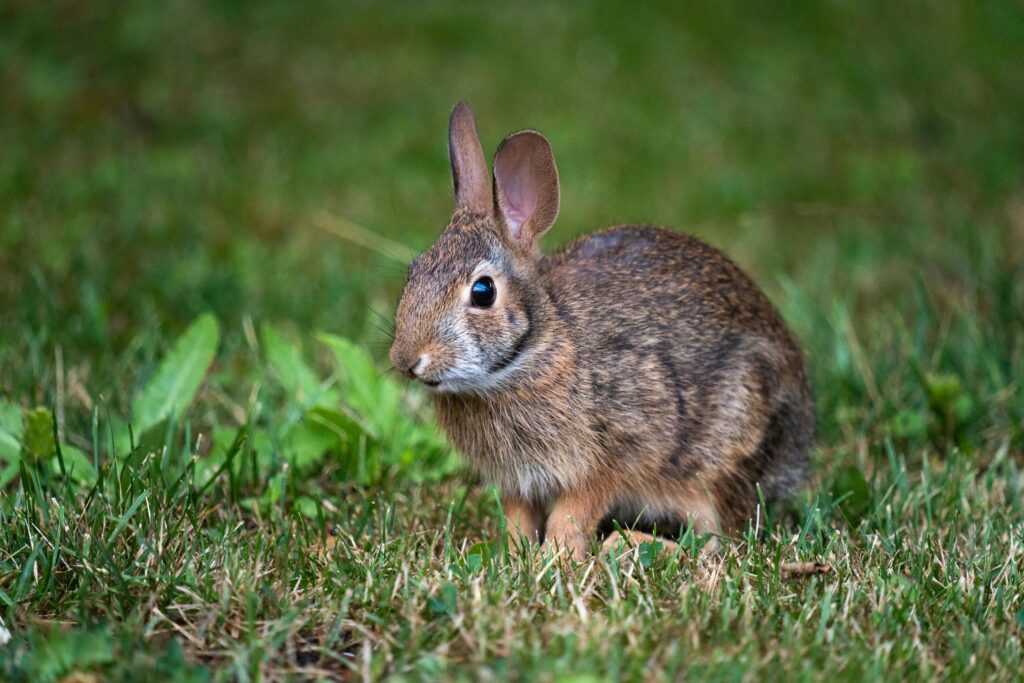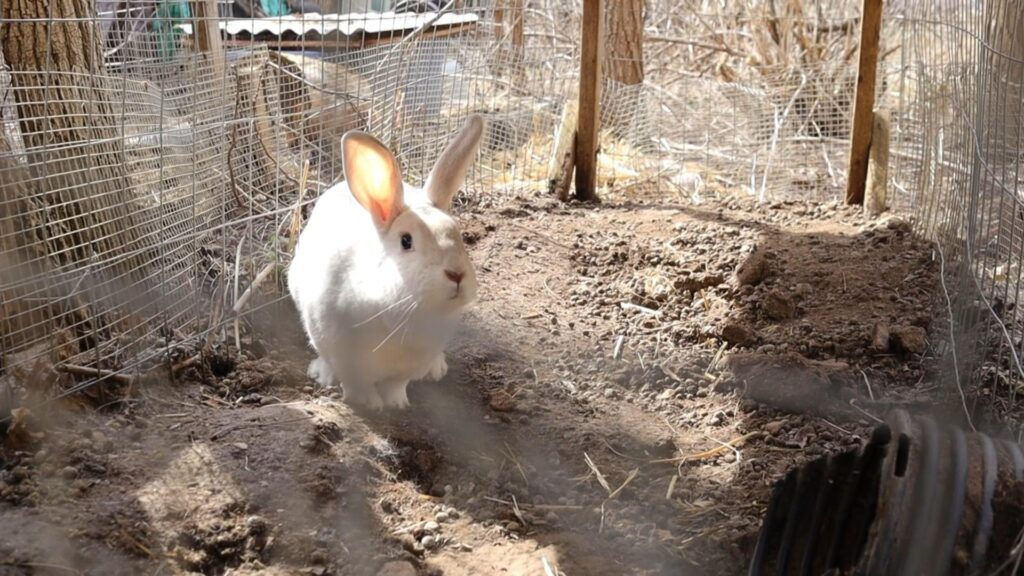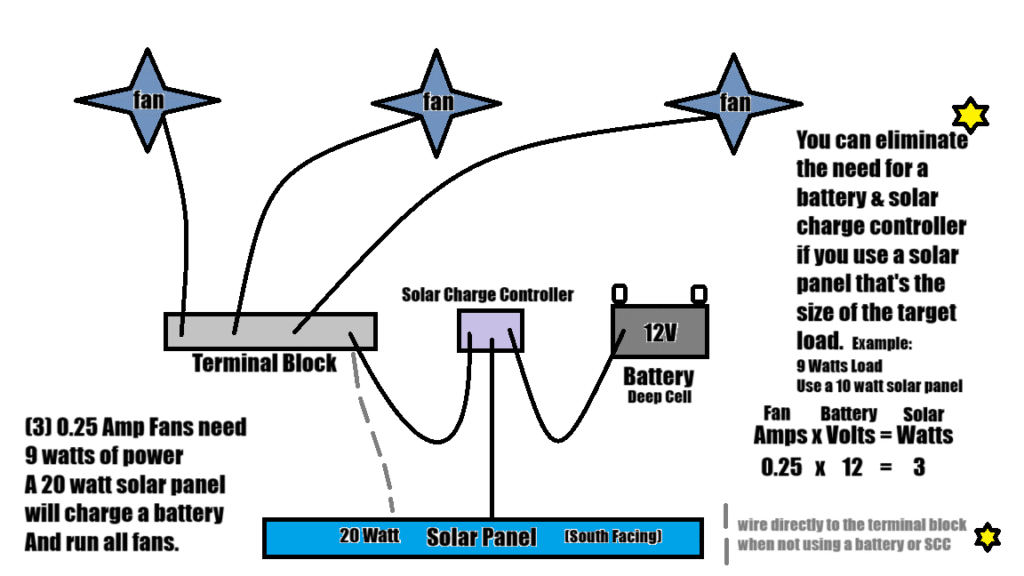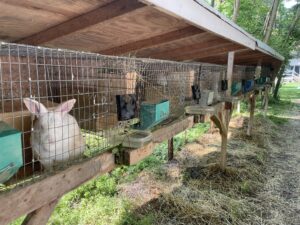
Life in the Heat: Wild Rabbits Summer Challenges
When summer temperatures soar, survival becomes a daily challenge for rabbits in the wild.
Cottontail Rabbits
(found across North America) don’t burrow deeply like some other species. Instead, they rely on shaded hiding spots, dense grass, brush piles, and under low shrubs, to escape direct sun. During the hottest part of the day, they become less active, saving their energy for dawn and dusk when temperatures are cooler. Their large ears also help with heat exchange, releasing excess body heat into the air.
European Rabbits
(the wild ancestors of most domestic breeds) have a different strategy. They dig extensive burrow systems, called warrens, that maintain a much cooler temperature underground. These warrens provide a stable climate even when the surface bakes under the summer sun. Like cottontails, they also reduce daytime activity to avoid overheating.

Domestic Rabbits: Why Heat is More Dangerous
Domestic rabbits can struggle more in high temperatures because they don’t have the same natural escape options as their wild counterparts. Heat stress can set in quickly, and once a rabbit’s body temperature rises above 85°F (29°C), the risk of heat stroke increases dramatically.
Whether your rabbits are housed in colonies or in hutches, your cooling strategy needs to match their living setup.

Colony Setups: Cooling by Design
Colony setups can mimic some of a wild rabbit’s natural heat defenses.
Burrow Options: Allowing access to underground runs or shaded dig boxes can help them self-regulate.
Natural Shade: Positioning colonies under trees, or building roof structures that create all-day shade, prevents direct sun exposure.
Cross Ventilation: Open sides (protected with predator-proof mesh) let breezes flow freely, keeping the air fresh and cooler.

Caged Hutch Setups: Different Challenges, Different Solutions
Caged hutches, especially those raised off the ground, lose the natural insulation of soil and are more exposed to hot, still air. In these setups, the key is to create artificial shade and airflow:
Shade Covers: Canvas tarps or shade cloth block harsh sunlight.
Ice Bottles: Frozen water bottles placed in hutches let rabbits lean against them to cool off.
Misting Systems: Light mists can reduce the surrounding air temperature (just be careful not to soak the rabbits).
Even with these methods, when the heat index climbs, you may need an active cooling system to keep your rabbits safe.
Solar-Powered Fans: The Game Changer for Hot Weather
For rabbit owners, especially those with caged hutches, solar-powered fans offer a reliable, off-grid way to move air and keep rabbits cooler. By running on a 12V solar system, you can maintain steady airflow during the sunniest (and hottest) hours without relying on household electricity.
A basic solar fan setup includes:
Solar panels to generate power during the day.
Deep cycle battery to store energy for cloudy hours or nighttime use.
Solar charge controller to protect the battery and manage power flow.
12V fans strong enough for your rabbits to actually feel the breeze.
Proper gauge wire to safely handle the power load.
Fans can be mounted on the sides of hutches so airflow passes directly through the living space. This not only cools your rabbits but also helps reduce humidity and ammonia buildup, improving overall air quality.











